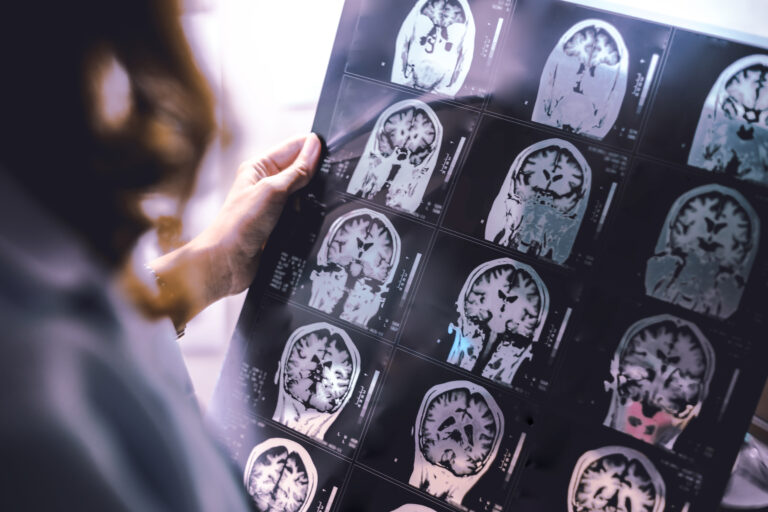Non-Hodgkin’s lymphoma (NHL) is a diverse group of cancers that originate from the lymphatic system, which is part of the immune system. It is characterized by the abnormal growth of lymphocytes, a type of white blood cell. The progression of NHL is significantly influenced by genetic mutations, which can occur in various genes and pathways, leading to the development and aggressiveness of the disease.
## Understanding Genetic Mutations
Genetic mutations are changes in the DNA sequence of genes. These changes can occur naturally during cell division or be induced by external factors such as exposure to chemicals or radiation. In the context of NHL, genetic mutations can disrupt normal cellular functions, leading to uncontrolled cell growth and tumor formation.
## Role of Genetic Mutations in NHL
Genetic mutations play a crucial role in the progression of NHL by affecting several key processes:
1. **Cell Proliferation and Survival**: Mutations in genes that regulate cell growth and survival can lead to the excessive proliferation of lymphocytes. For example, mutations in genes like BCL2 can prevent normal cell death, allowing damaged cells to survive and accumulate further mutations.
2. **DNA Repair Mechanisms**: Mutations in genes involved in DNA repair can impair the cell’s ability to correct genetic errors. This can lead to the accumulation of additional mutations, further contributing to cancer progression.
3. **Immune Evasion**: Some mutations can help cancer cells evade the immune system by altering the expression of proteins that are recognized by immune cells. This allows the cancer cells to grow unchecked.
4. **Epigenetic Modifications**: Epigenetic changes, which affect gene expression without altering the DNA sequence, can also be influenced by genetic mutations. These changes can silence tumor suppressor genes or activate oncogenes, promoting cancer progression.
## Specific Genetic Mutations in NHL
Several specific genetic mutations are commonly associated with NHL:
– **BCL2 Rearrangements**: The BCL2 gene is involved in preventing cell death. Rearrangements of this gene, such as the t(14;18) translocation, are common in follicular lymphoma, a type of NHL. This rearrangement leads to overexpression of the BCL2 protein, promoting cell survival.
– **BCL6 Rearrangements**: Similar to BCL2, rearrangements of the BCL6 gene can occur in NHL. BCL6 is a transcriptional repressor that plays a role in germinal center formation and lymphocyte development. Mutations in BCL6 can disrupt normal lymphocyte function and contribute to lymphoma development.
– **MYC Rearrangements**: The MYC gene is a potent oncogene that promotes cell proliferation. Rearrangements involving MYC, such as those seen in Burkitt lymphoma, can lead to aggressive disease due to high levels of MYC expression.
## Impact of Genetic Mutations on Treatment
The identification of specific genetic mutations in NHL has significant implications for treatment. By understanding the genetic landscape of a patient’s cancer, healthcare providers can tailor therapies to target the underlying mutations. This approach, known as precision medicine, aims to improve treatment efficacy and reduce side effects by targeting the specific molecular abnormalities driving the cancer.
For example, therapies targeting the BCL2 protein have been developed for use in patients with BCL2 rearrangements. Similarly, therapies that inhibit pathways activated by MYC rearrangements are being explored.
## Environmental Factors and Genetic Mutations
Exposure to certain environmental factors can increase the risk of developing genetic mutations that contribute to NHL. For instance, prolonged exposure to benzene, a chemical found in some industrial settings and gasoline, has been linked to an increased risk of developing lymphoma. This is because benzene can cause genetic mutations in blood cells, potentially leading to cancer.
## Future Directions
The study of genetic mutations in NHL is an active area of research. As our understanding of these mutations and their roles in cancer progression grows, so does





